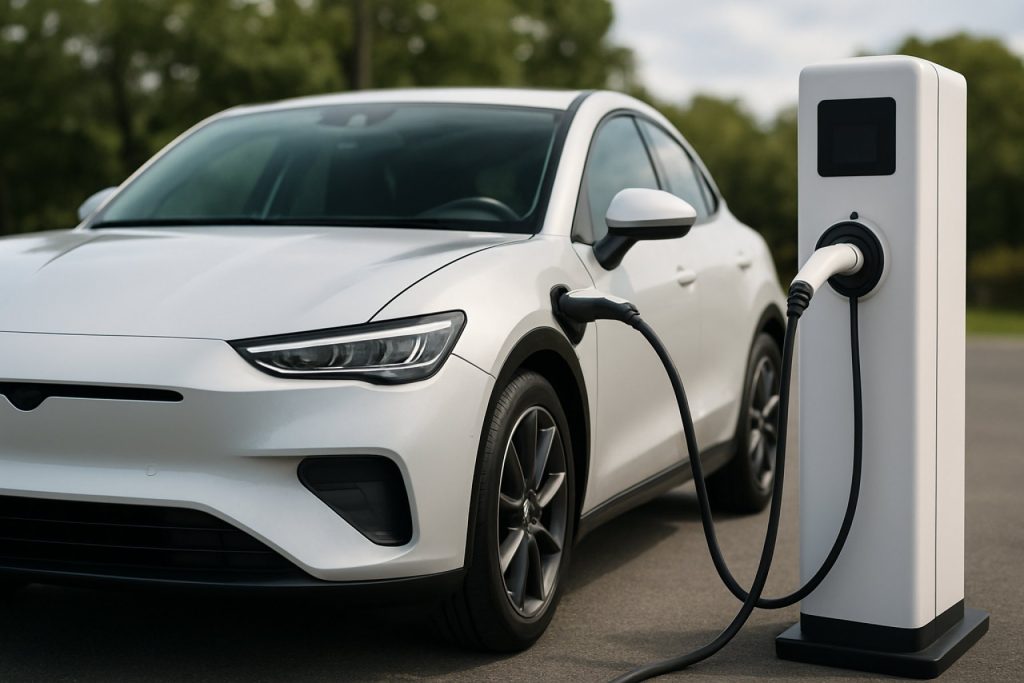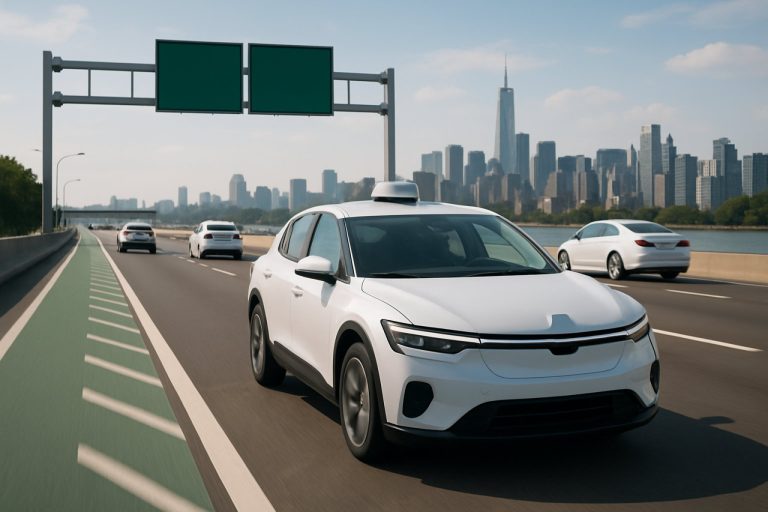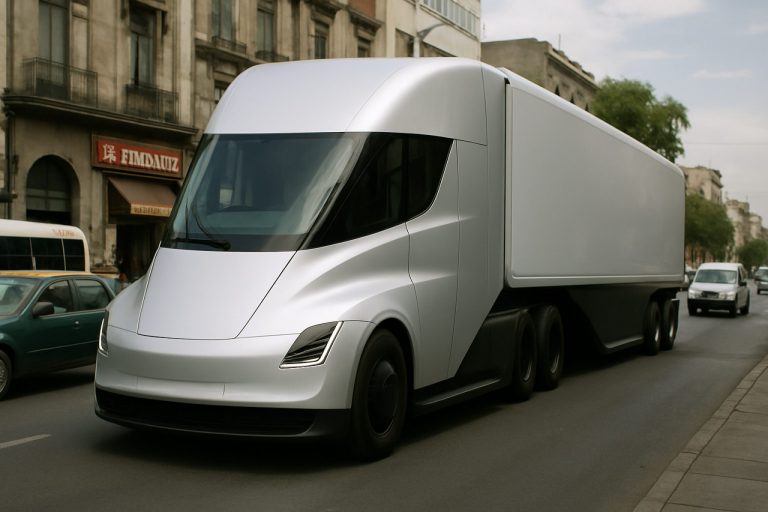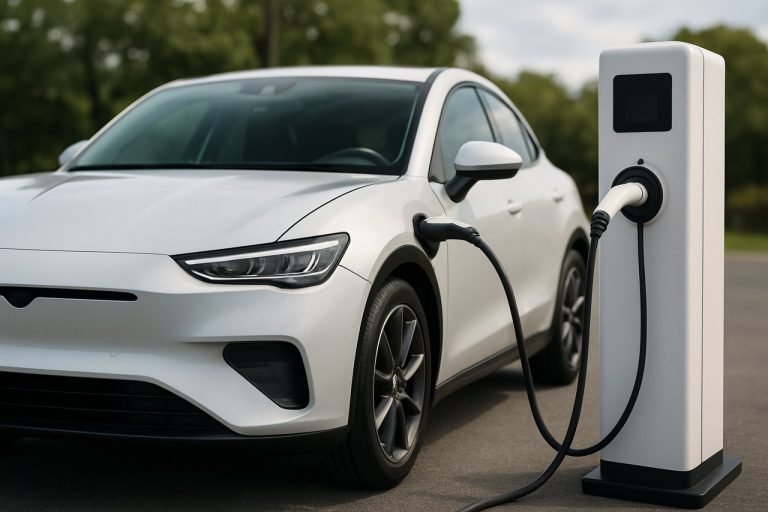
- Lithium metal batteries are poised to revolutionize electric vehicles (EVs) with much higher energy density—up to 500 Wh/kg compared to today’s 250-300 Wh/kg.
- These batteries could double the driving range of EVs, drastically reduce the need for battery replacements, and lower long-term ownership costs.
- Breakthroughs in electrolyte chemistry and separator design have improved safety and reduced internal battery wear, addressing long-standing challenges.
- Benefits extend beyond EVs: lithium metal technology could also boost renewable energy storage, drone flight times, and smartphone battery life.
- Commercialization progress is accelerating, with global automakers developing prototype vehicles powered by lithium metal batteries.
- Challenges remain in scaling safe, sustainable mass production, but the industry is nearing a transformative shift in battery technology.
A ripple of excitement crackles through the electric vehicle world as research teams push lithium battery technology into uncharted territory, promising to supercharge the heart of every EV—and perhaps shake up the entire auto industry.
Picture the familiar dance of plugging in your car and tallying miles. Now, imagine that next charge doubling the battery’s lifespan, slashing the need for replacements or repairs for years longer than you expected. Lithium metal batteries, long considered the holy grail for energy storage, now edge closer to reality, leveraging their chemical prowess to leap beyond current lithium-ion and even most solid-state designs.
Scientists and engineers have wrestled for years with the delicate balance of energy density vs. safety in batteries. Traditional lithium-ion batteries, though reliable, face limitations—energy capacity plateaus, cycle wear, the gradual crawl of diminished range. Solid-state batteries, much hyped, still struggle with manufacturing costs and operational hurdles.
Lithium metal batteries change the equation. Their fundamental advantage lies in their dense metallic lithium anodes, which can pack far more energy into a smaller, lighter space. Recent breakthroughs in electrolyte chemistry and separator design have calmed the volatility that once marred these batteries—reducing dendrite formation (the battery’s internal “crystal thorns” that cause short circuits) and keeping charging stable even after thousands of cycles.
For everyday drivers, this means cars that last longer on a single charge—and for longer years. Fewer battery swaps. Lower long-term costs. Less battery waste polluting landfills. Most notably, lithium metal batteries could achieve energy densities up to 500 Wh/kg, compared to the 250-300 Wh/kg common in today’s premium EVs. That leap could grant EVs the kind of range that banishes road trip anxiety and powers the next generation of sustainable transport.
Researchers in the United States, China, and Europe are hurtling toward commercializing this technology, with several major automakers quietly building prototype cars set to hit test tracks late this year. The promise extends far beyond the highway—think grid-scale storage for renewable energy, delivery drones that soar across cities, or smartphones that outlast the longest flights.
Still, challenges remain. Manufacturing at scale, maintaining safety in real-world conditions, and resource sustainability are critical puzzles to solve before these batteries show up in neighborhood driveways. Yet, the momentum feels tectonic—battery technology seems poised to spark not just evolutionary, but revolutionary change.
The key takeaway: the next time you hear about “the battery of the future,” know it may already be humming quietly inside a test lab car, ready to double its owner’s expectations—and pull the auto world toward a new era. For the latest updates on EV breakthroughs, explore Tesla and Toyota, as industry leaders race to turn laboratory marvels into real-world revolutions.
The age of short-lived EVs is ending. Welcome to a world where your electric companion might just run longer than you ever dreamed.
The Shocking Truth About Lithium Metal Batteries: Are Electric Cars About to Outlive Their Owners?
The Untold Story of Lithium Metal Batteries and the EV Revolution
Lithium metal batteries are generating significant buzz across the electric vehicle (EV) industry, promising to shatter previous limitations on range, durability, and efficiency. While recent breakthroughs have been spotlighted, several crucial angles demand a closer look. Here’s what you need to know—and what’s coming next.
What Sets Lithium Metal Batteries Apart?
Technical Features & Specs:
– Ultra-High Energy Density: Theoretical limits approach 1,000 Wh/kg, but practical designs already target 500 Wh/kg—vastly outpacing today’s lithium-ion (Li-ion) max of ~300 Wh/kg. This means EVs could potentially double their driving range without increasing battery weight ([Nature Energy, 2021](https://www.nature.com/)).
– Lightweight Design: The use of pure lithium anodes slashes battery weight, offering significant efficiency gains for cars, drones, and portable electronics.
– Longer Cycle Life: New separator and electrolyte innovations have surpassed the industry-standard 1,000 cycles, with laboratory cells exceeding 2,000–4,000 cycles with minimal capacity loss.
How Do Lithium Metal Batteries Work? (Step-by-Step)
1. Formation of Pure Lithium Anode: Instead of using graphite, lithium metal acts as the anode, providing a much higher energy storage potential.
2. Critical Electrolyte Solutions: Specially engineered solid or gel electrolytes mitigate instability and dendrite formation—previously a major safety hurdle.
3. Improved Separator Technology: Advanced ceramics or polymers prevent internal shorts, even in case of microcracks.
4. Enhanced Charging Control: AI-powered battery management systems optimize charge/discharge cycles for safety and longevity.
Real-World Use Cases & Industry Applications
– Electric Vehicles: Expect EVs with 800–1,000 km range—enough for two weeks of urban driving or cross-country road trips on a single charge.
– Mobile Devices: Laptops and smartphones could run for days, reducing frustration with frequent recharges.
– Aerospace & Drones: Cutting weight means small aircraft and delivery drones could travel farther, unlock new commercial routes, and carry heavier payloads.
– Grid Storage: High-density batteries are a game-changer for storing renewable solar and wind energy, stabilizing power grids ([IEA 2023 Report](https://www.iea.org/)).
Market Forecasts & Industry Trends
– Global Lithium Metal Battery Market: Projected CAGR above 25% through 2030, potentially exceeding $10B in annual sales by the end of the decade (Allied Market Research).
– Major Players Investing: Companies like Tesla, Toyota, QuantumScape, SES, and Sion Power are all conducting pilot projects or near-commercial prototypes.
– Automotive Partnerships: GM, Hyundai, and Mercedes-Benz have announced collaborations with battery startups and national labs to accelerate commercialization.
Reviews, Comparisons, and Limitations
Lithium Metal vs. Lithium-Ion:
| Feature | Lithium Metal | Lithium-Ion |
|————————–|———————–|——————–|
| Energy Density (Wh/kg) | 400–500 (potentially 1000) | 200–300 |
| Expected Cycle Life | 2,000–4,000+ | 1,000–2,000 |
| Safety | Improving, still a concern | Mature, well-managed |
| Commercial Availability | Pre-commercial, prototypes | Established |
Controversies & Limitations:
– Safety Concerns: Dendrite growth (spiky lithium deposits) can still cause short circuits and fires if not expertly managed. Recent solid electrolyte technology has improved this, but mass-market safety still needs more evidence ([MIT Technology Review, 2023](https://www.technologyreview.com/)).
– Raw Material Supply: Relying on metallic lithium raises questions about mining impacts and long-term resource sustainability. Recycling programs are still in early development.
– High Production Costs: Current early-stage production is 2–4x more expensive than conventional Li-ion; costs are expected to fall with economies of scale.
Security, Sustainability & Environmental Impact
– Battery Waste Minimization: Longer-lasting batteries mean less waste—a major boon for sustainability strategies.
– Resource Use: As metallic lithium demand rises, scrutiny over environmentally responsible mining and supply chains will increase. Pressure from governments and NGOs is pushing the industry toward higher traceability and ethical sourcing.
Most Pressing Reader Questions—Answered
– When can I buy an EV with a lithium metal battery?
– First vehicles are likely to launch in luxury or fleet segments in 2025–2026; mass-market adoption is projected for 2027–2030.
– Will my car be safer?
– Progress in non-flammable electrolytes and real-time battery monitoring is reducing fire risks. Early adopters should check for third-party safety certifications and automaker test results.
– How much more will it cost?
– Initial premiums will likely be 10–25% higher than current Li-ion EVs, but costs are predicted to drop below $100/kWh within a decade, making them competitive or even cheaper.
Quick Life Hacks & How-To Care
– Optimize Charging: Use slow charging overnight (Level 2) to prolong the battery’s cycle life; avoid regular deep discharges.
– Temperature Matters: Park in the shade and avoid charging in extreme heat or cold to extend battery health.
– Software Updates: Regularly update your vehicle’s firmware, as manufacturers will push new battery management improvements over the air.
Actionable Takeaways & Next Steps
– Follow major battery developers like Tesla and Toyota for announcements on new technology pilots.
– Consider purchasing later-generation EV models (2026+) to access superior lithium metal battery performance and safety.
– Stay informed about EV recycling and trade-in programs; as batteries last longer, resale value and recycling methods will become more important.
Conclusion: The Electric Age Gets an Upgrade
The emergence of lithium metal batteries is on track to transform electric vehicles, grid storage, and portable electronics, bringing unprecedented advances in range, lifespan, and efficiency. As industry heavyweights and innovative startups race to iron out final production and safety hurdles, consumers can expect a new standard of quality—and a driving experience that lasts longer than ever before.
The future is charged. Stay ready for the next leap.



